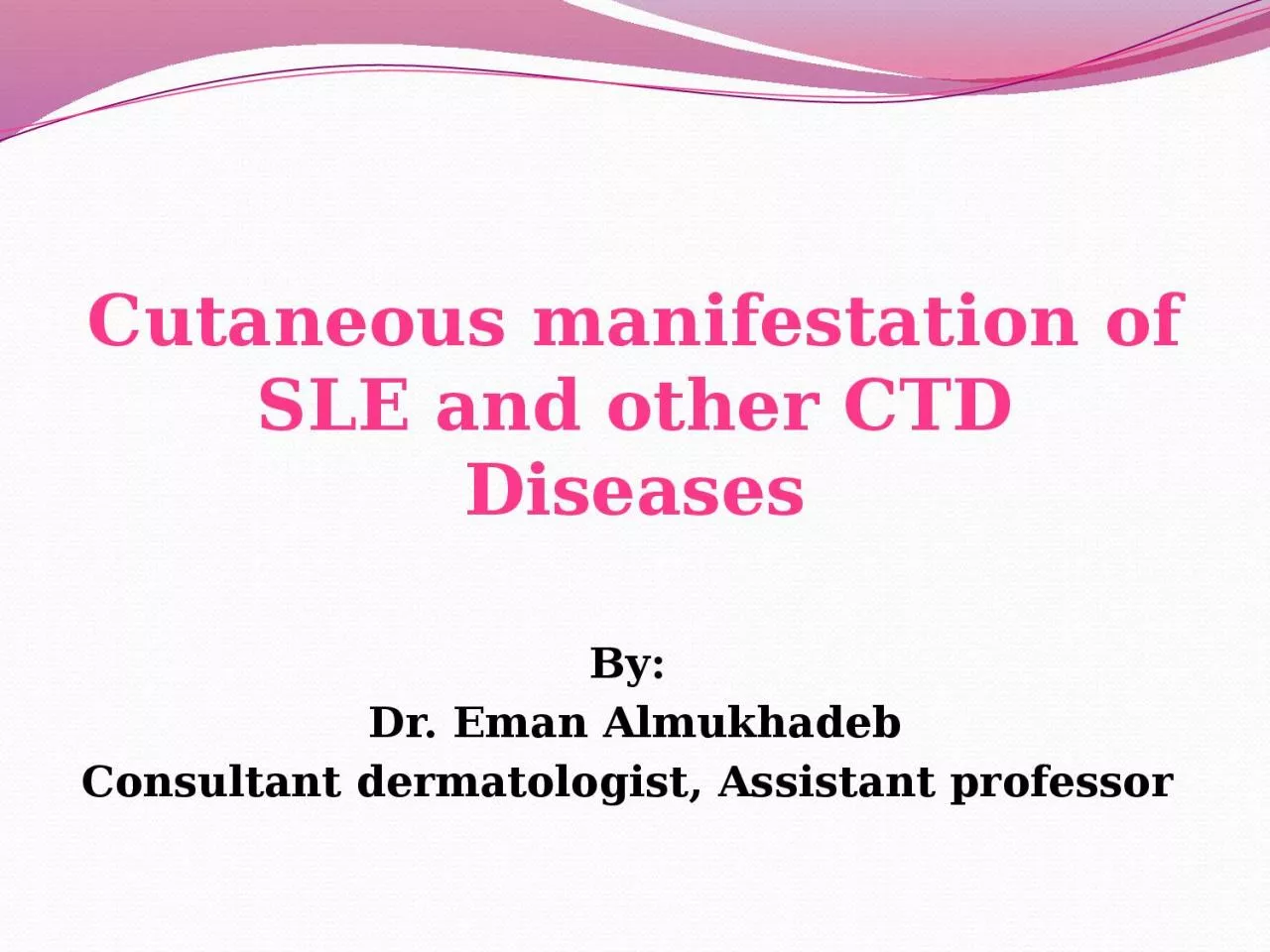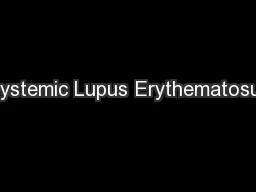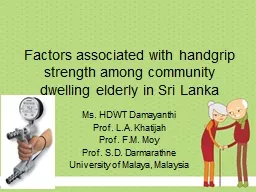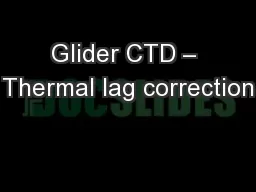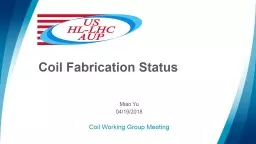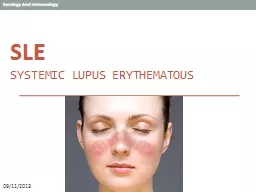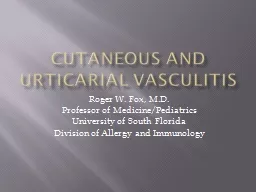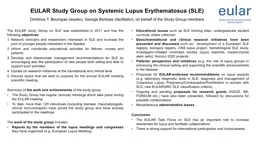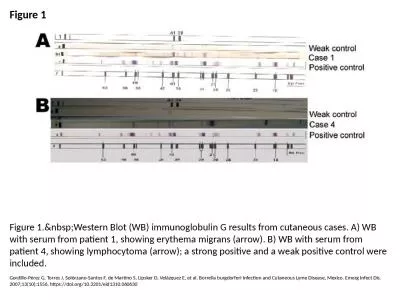PPT-Cutaneous manifestation of SLE and other CTD
Author : tremblay | Published Date : 2024-02-09
Diseases By Dr Eman Almukhadeb Consultant dermatologist Assistant professor Objectives At the conclusion of this lectures the student should be able to
Presentation Embed Code
Download Presentation
Download Presentation The PPT/PDF document "Cutaneous manifestation of SLE and other..." is the property of its rightful owner. Permission is granted to download and print the materials on this website for personal, non-commercial use only, and to display it on your personal computer provided you do not modify the materials and that you retain all copyright notices contained in the materials. By downloading content from our website, you accept the terms of this agreement.
Cutaneous manifestation of SLE and other CTD: Transcript
Download Rules Of Document
"Cutaneous manifestation of SLE and other CTD"The content belongs to its owner. You may download and print it for personal use, without modification, and keep all copyright notices. By downloading, you agree to these terms.
Related Documents

